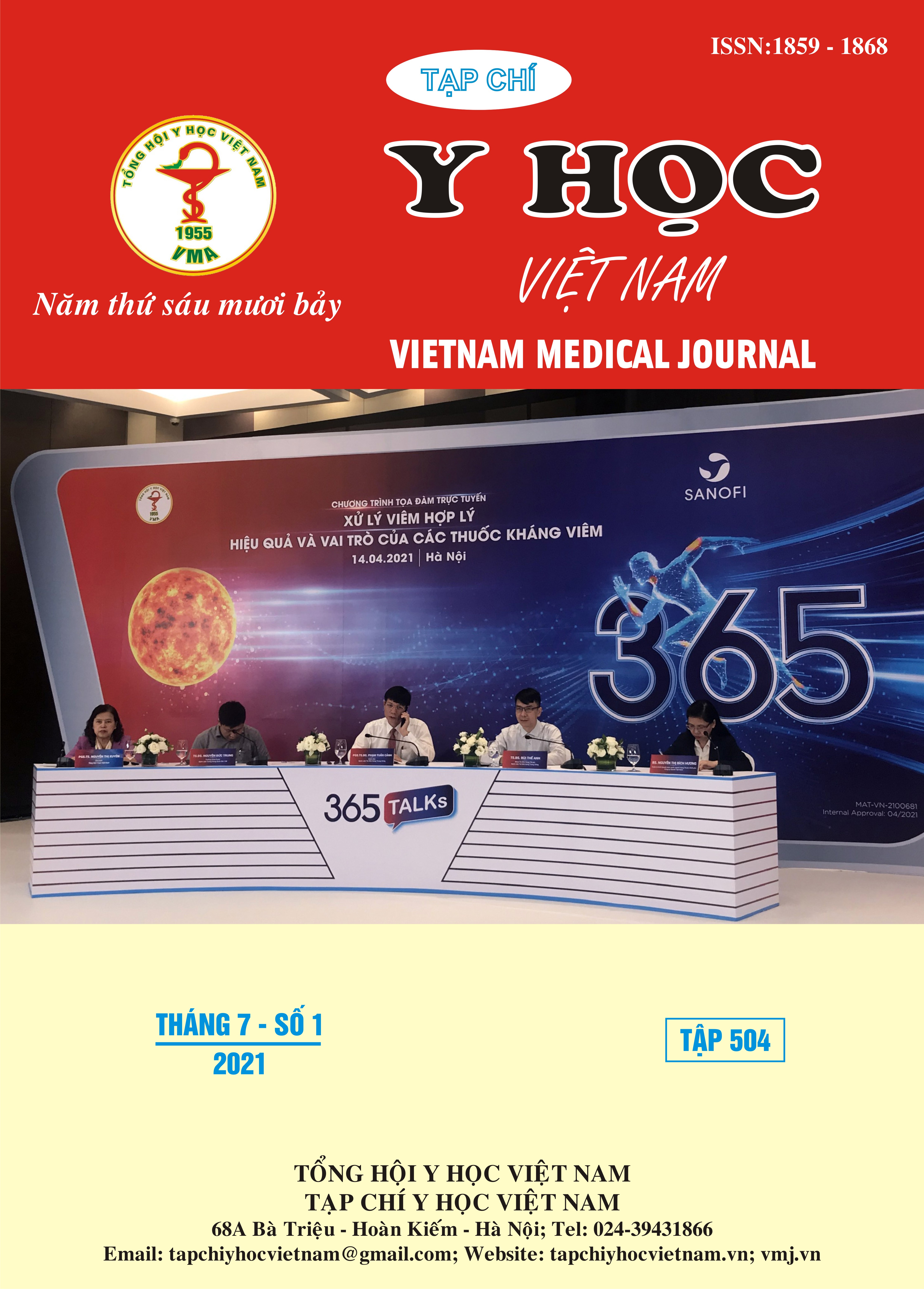ANESTHESIA AND RESUSCITATION FOR PATIENTS WITH PROLONGATION OF QT INTERVAL
Main Article Content
Abstract
Prolongation of QT interval is defined as: QTc > 480ms for women and > 470ms for men, where QTc is the corrected QT that is measured on the electrocardiogram. Long QT interval is divided into 2 groups: congenital long QT syndrome and acquired prolongation of QT interval. Both types can lead to the dangerous arrhythmia - torsades de pointes whenever favorable conditions. If a patient with this arrhythmia requires anesthesia for sugery, the risk of torsade de pointes is very high. There are currently no specific recommendations for general anesthesia for kind of patients. On the basis of the pathophysiology of the syndrome, the mechanism of action of drugs used in anesthesia, the impact of anesthesia methods on myocardial conduction, and also reviewing the literature, we would like to analyze and give some recommendations on the use of drugs, specifically notes in the peri-operation to ensure optimal safety for these kind of patients.
Article Details
Keywords
Anesthesia, long QT syndrome, torsades de pointes
References
2. Ackerman M.J. et al. HRS/EHRA expert consensus statement on the state of genetic testing for the channelopathies and cardiomyopathies: this document was developed as a partnership between the Heart Rhythm Society (HRS) and the European Heart Rhythm Association (EHRA). Heart Rhythm. 2011; 8: 1308-1339
3. Giovanni Fazio et al. Drugs to be avoided in patients with long QT syndrome: Focus on the anaesthesiological management. World J Cardiol. 2013; 5(4): 87 - 93.
4. M. O'Hare et al. Perioperative management of patients with congenital or acquired disorders of the QT interval. British Journal of Anesthesia. 2018; 120(4): 629 – 644
5. Owczuk R, Wujtewicz MA et al. The effect of intravenous lidocaine on QT changes during tracheal intubation. Anaesthesia. 2008;63:924–931
6. Karagöz AH, Basgul E, Celiker V, Aypar U. The effect of inhalational anaesthetics on QTc interval. Eur J Anaesthesiol. 2005;22:171–174
7. Kies SJ, Pabelick CM, Hurley HA, White RD, Ackerman MJ. Anesthesia for patients with congenital long QT syndrome. Anesthesiology. 2005;102:204–210
8. Sorajja D. Et al. Optimal antiarrhythmic drug therapy for electrical storm. J Biomed Res. 2015; 29: 20-34.


